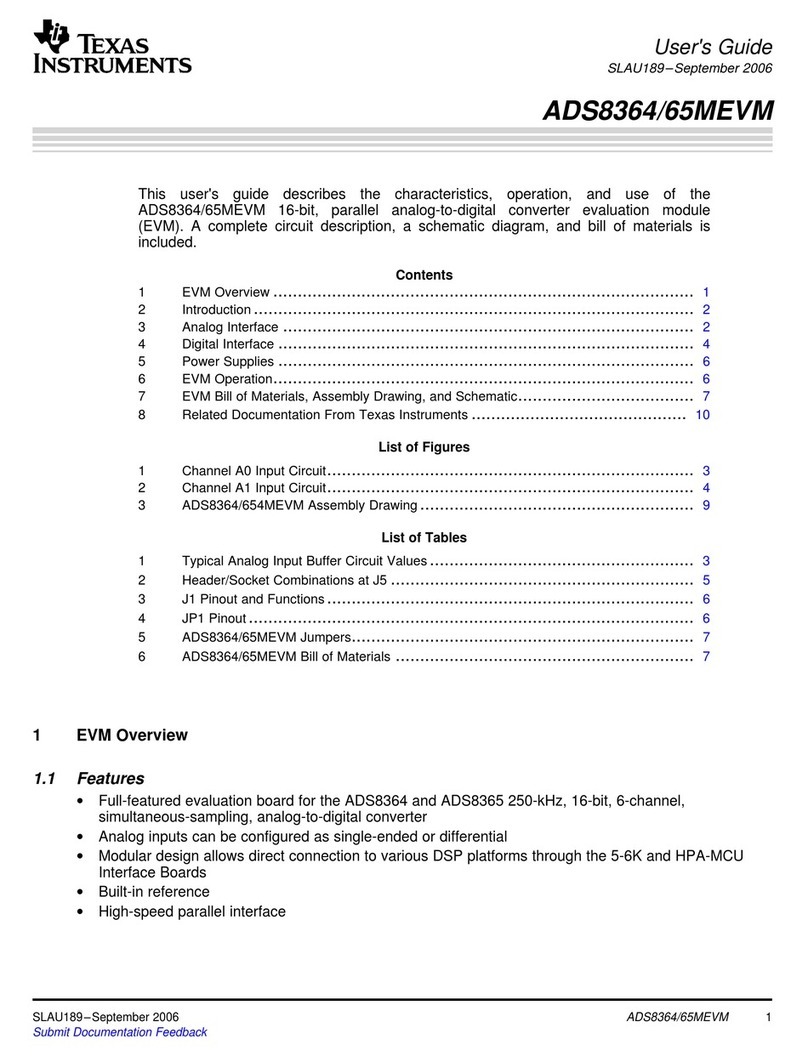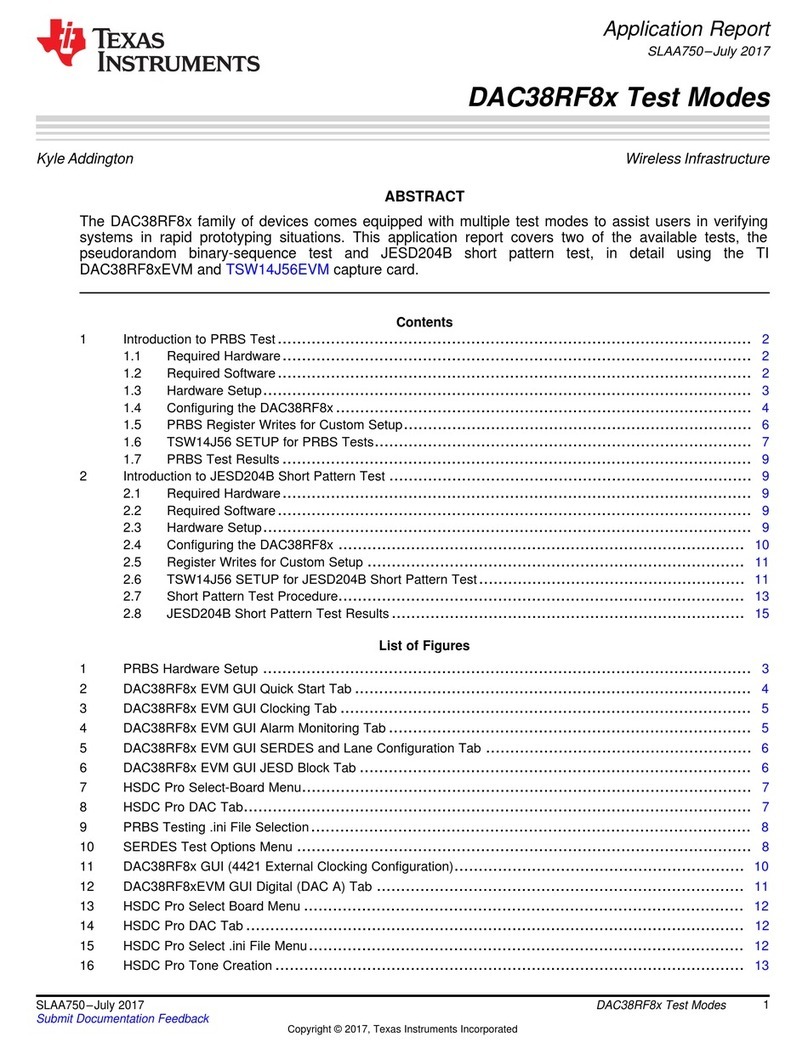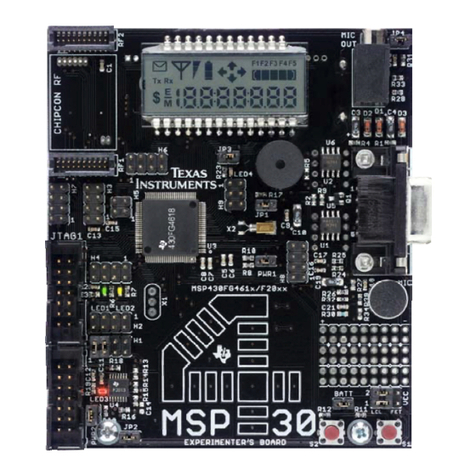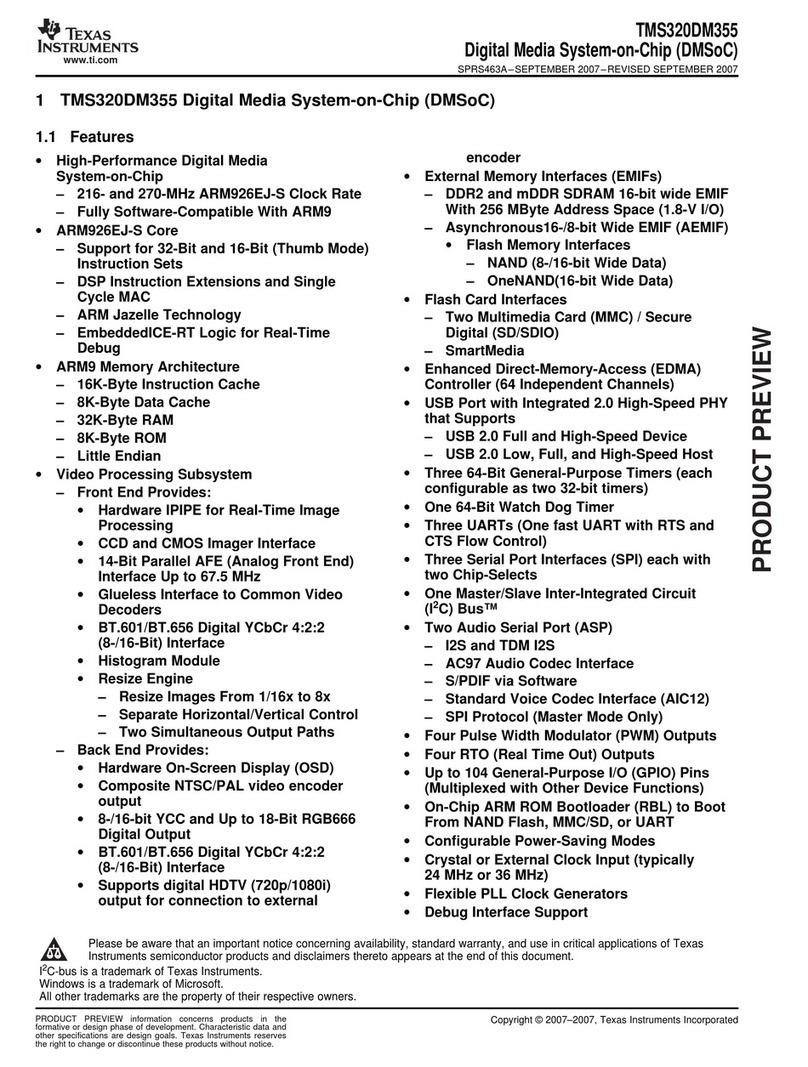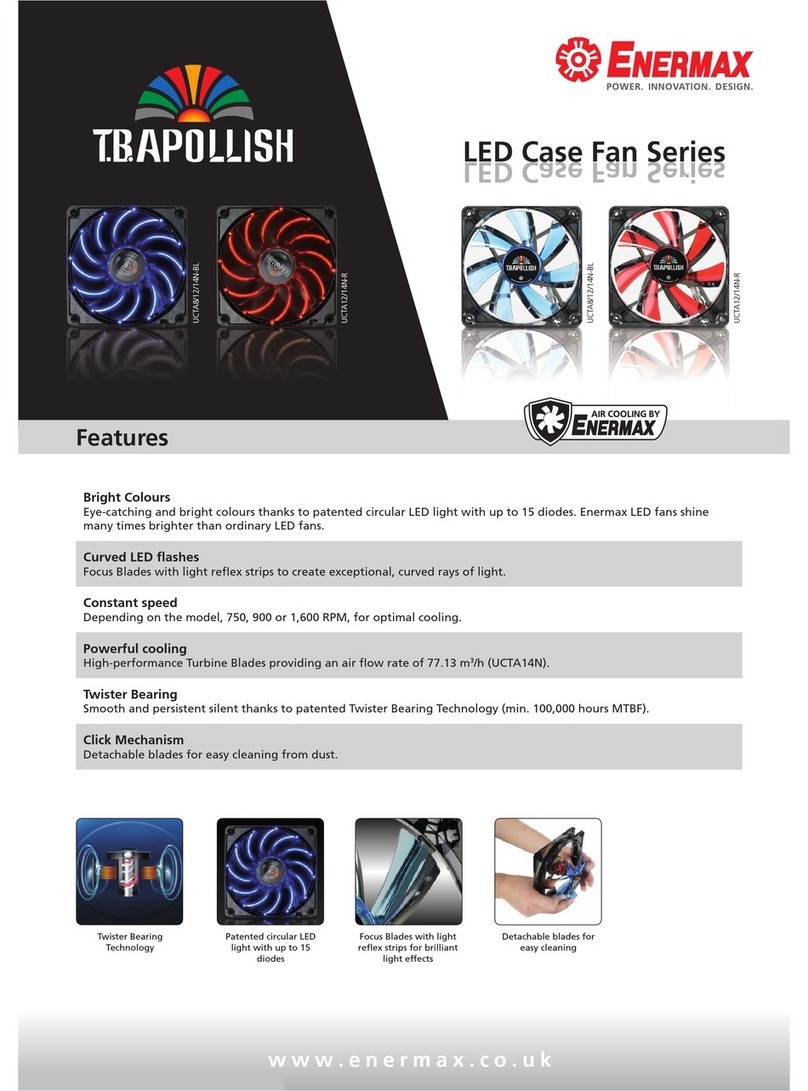Texas Instruments TMS320 DSP User manual
Other Texas Instruments Computer Hardware manuals
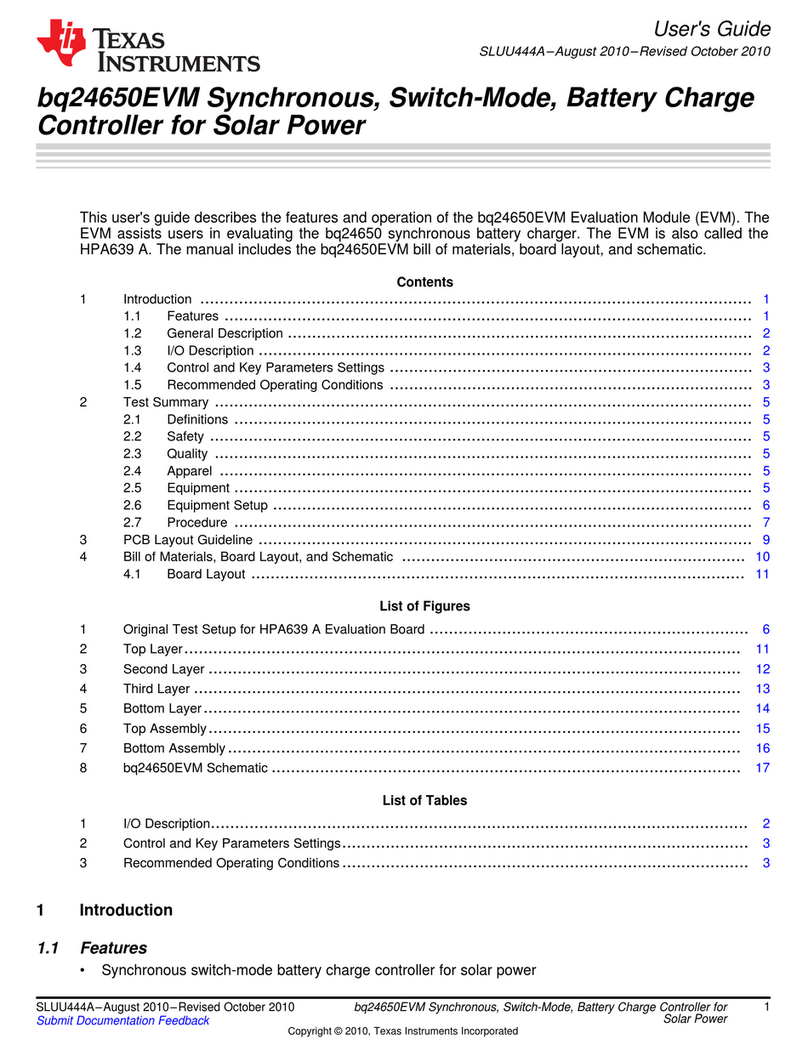
Texas Instruments
Texas Instruments bq24650EVM User manual
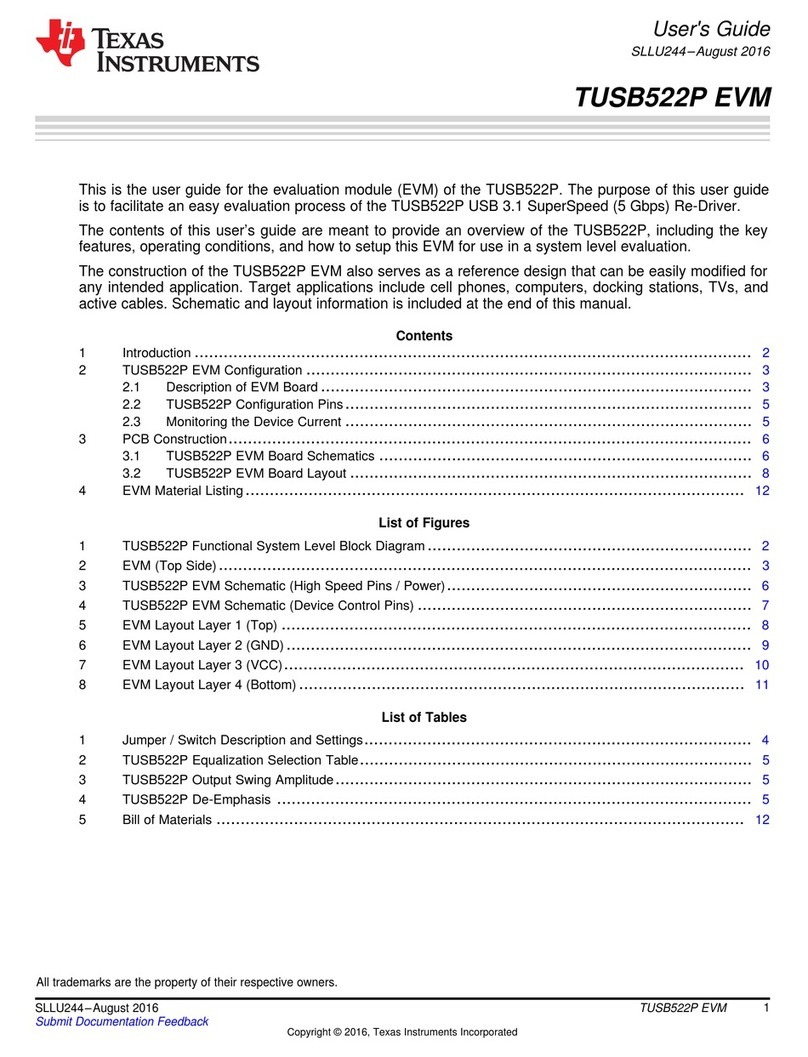
Texas Instruments
Texas Instruments TUSB522P User manual

Texas Instruments
Texas Instruments TMAG5170D User manual

Texas Instruments
Texas Instruments TI-Nspire CX User manual
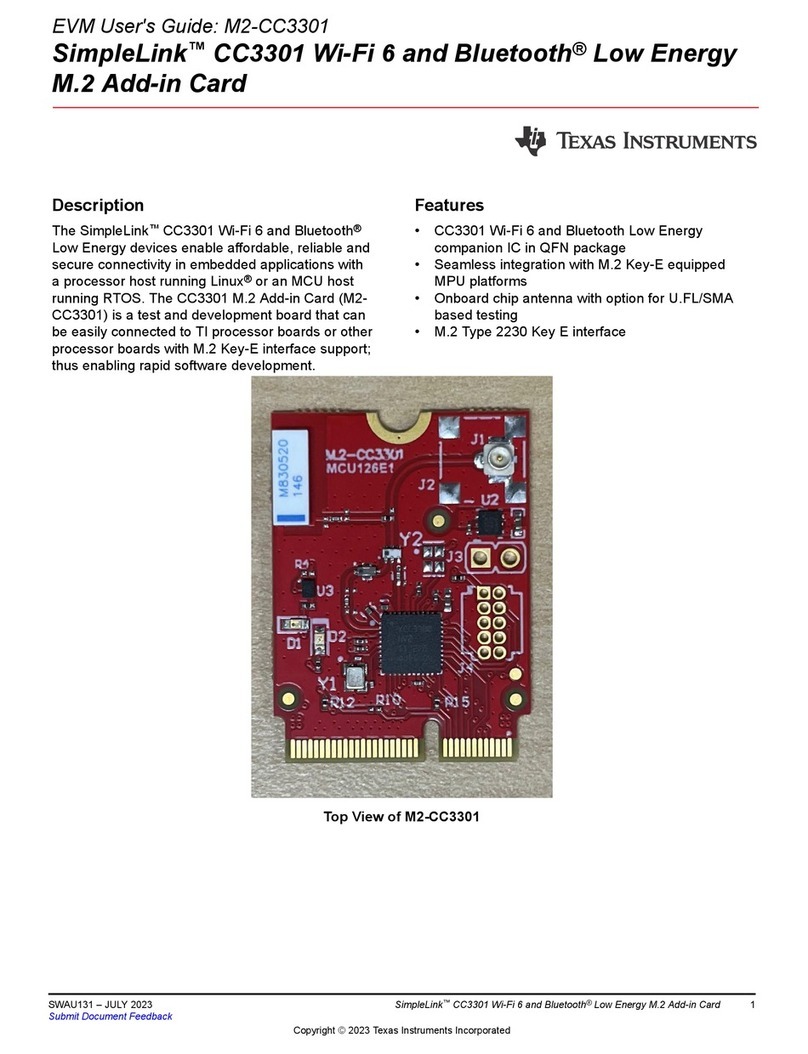
Texas Instruments
Texas Instruments SimpleLink CC3301 User manual
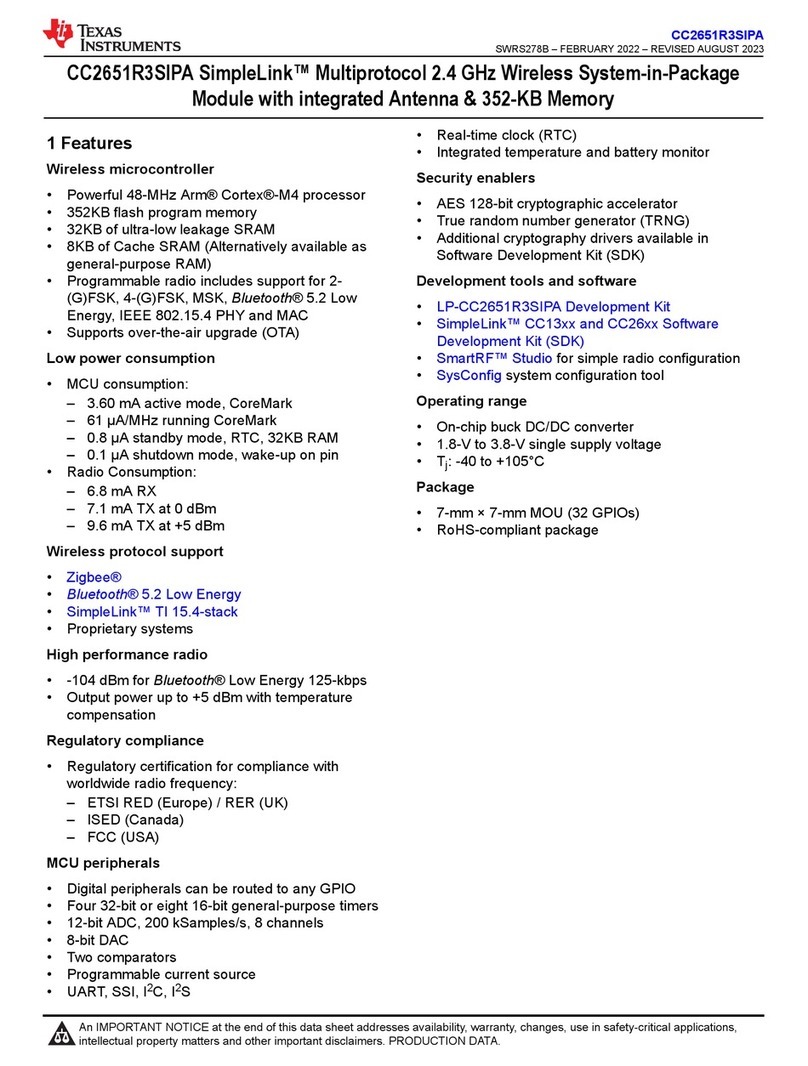
Texas Instruments
Texas Instruments SimpleLink CC2651R3SIPA User manual
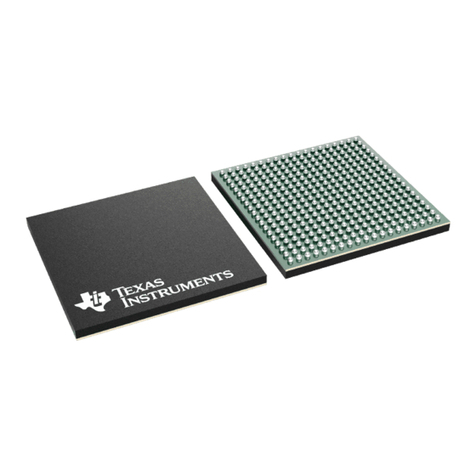
Texas Instruments
Texas Instruments AM1808 User manual
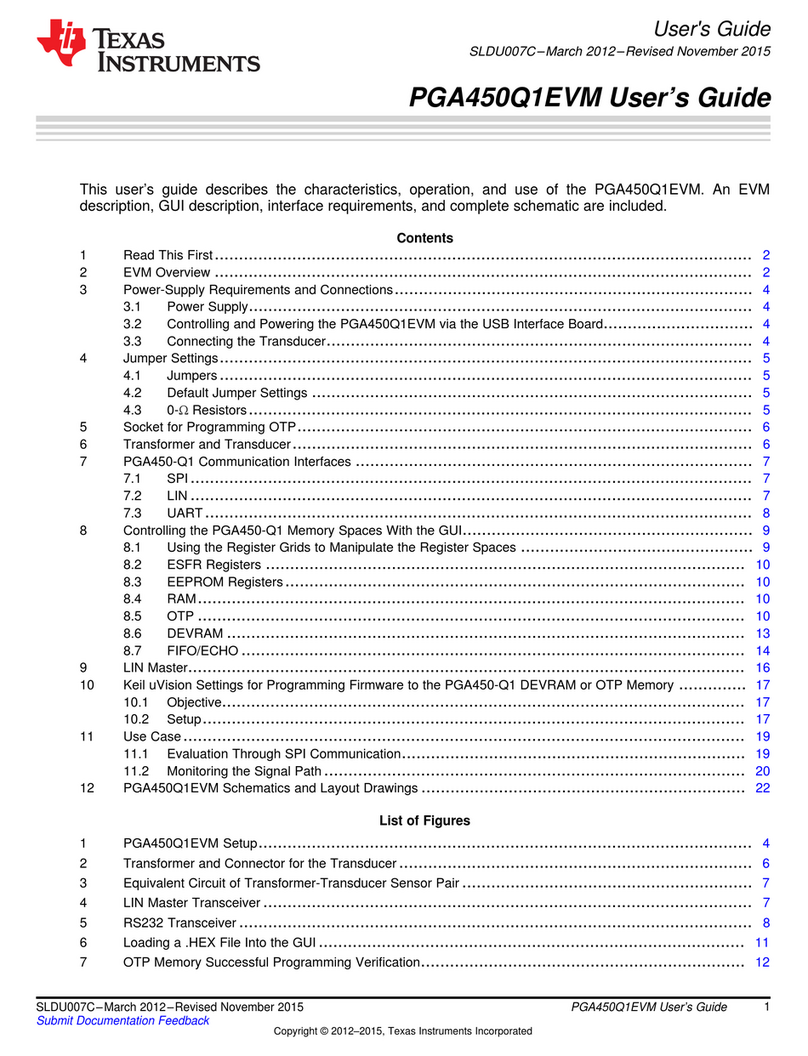
Texas Instruments
Texas Instruments PGA450Q1EVM User manual
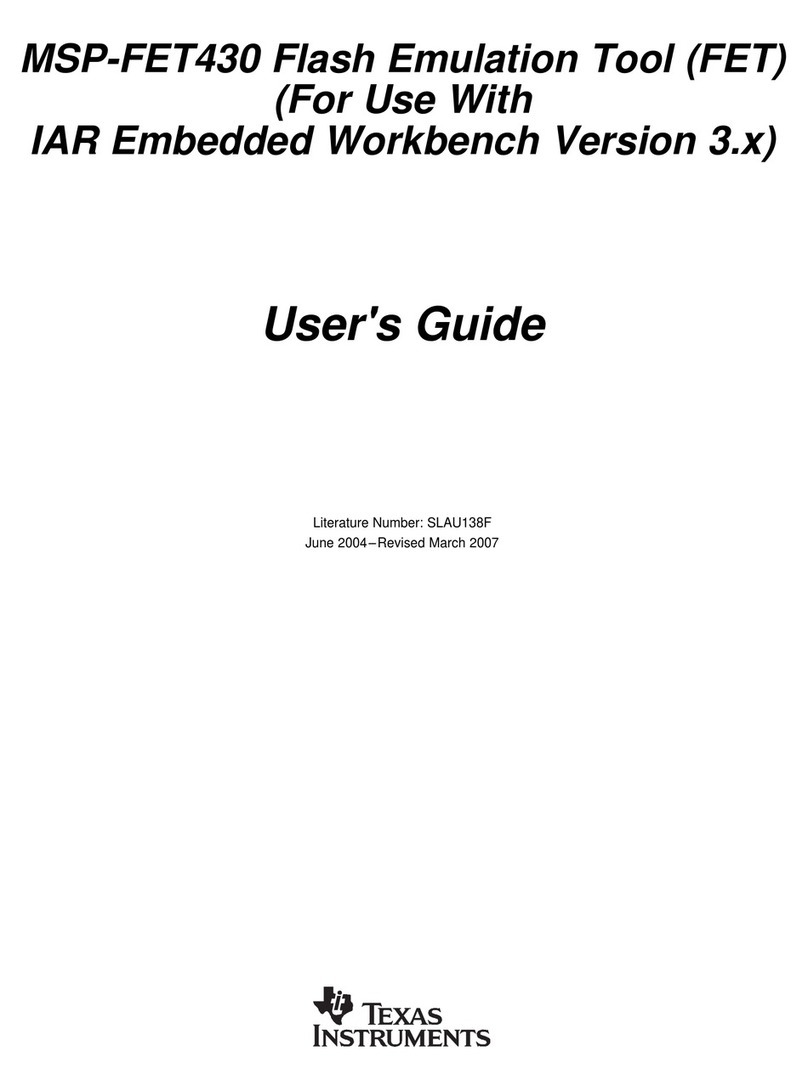
Texas Instruments
Texas Instruments MSP-FET430X110 User manual
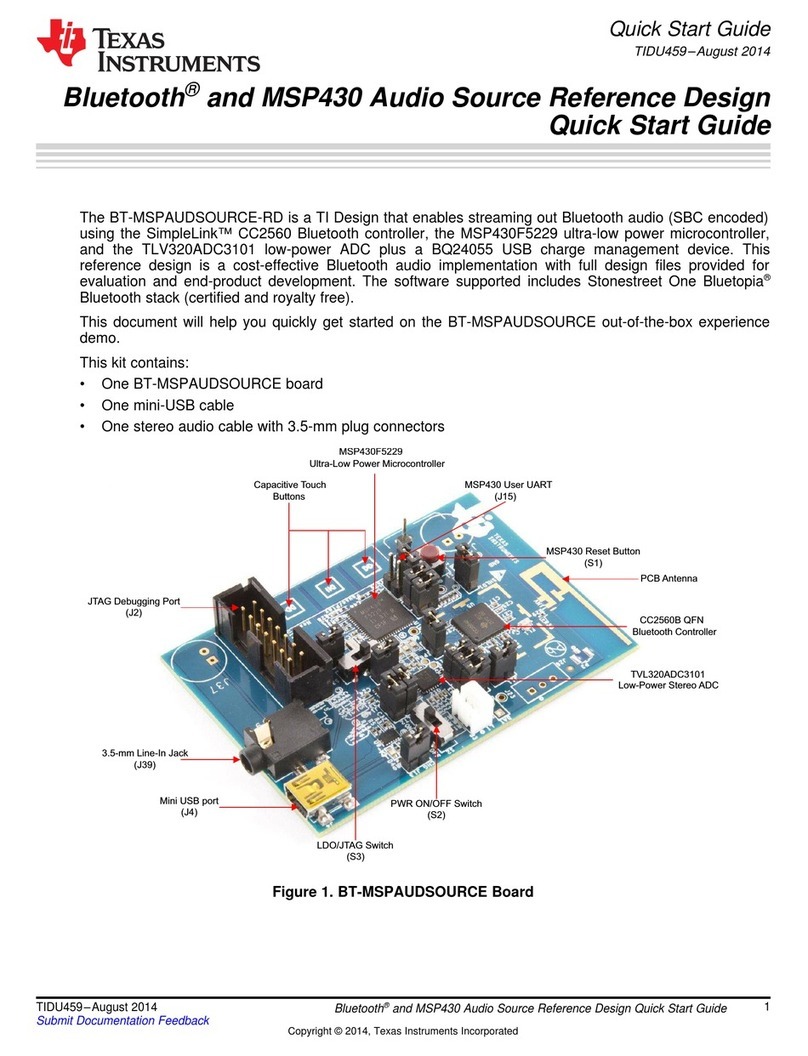
Texas Instruments
Texas Instruments BT-MSPAUDSOURCE-RD User manual
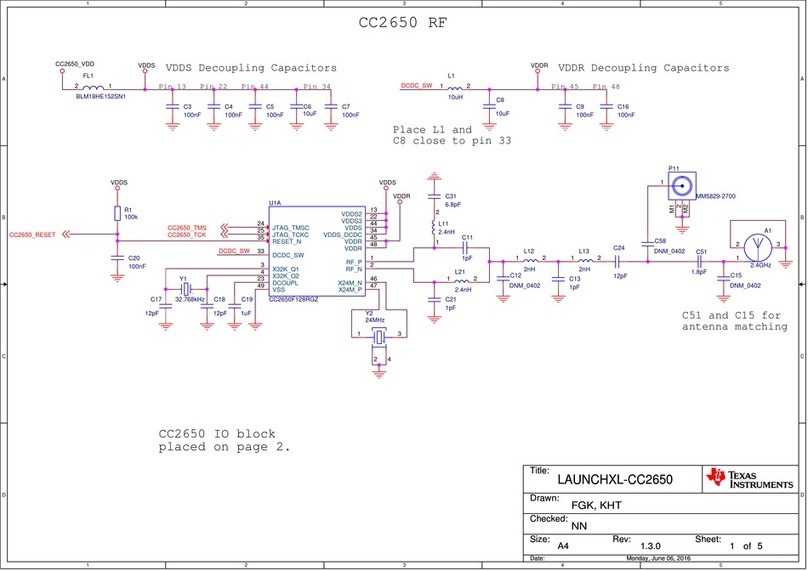
Texas Instruments
Texas Instruments LAUNCHXL-CC2650 User manual
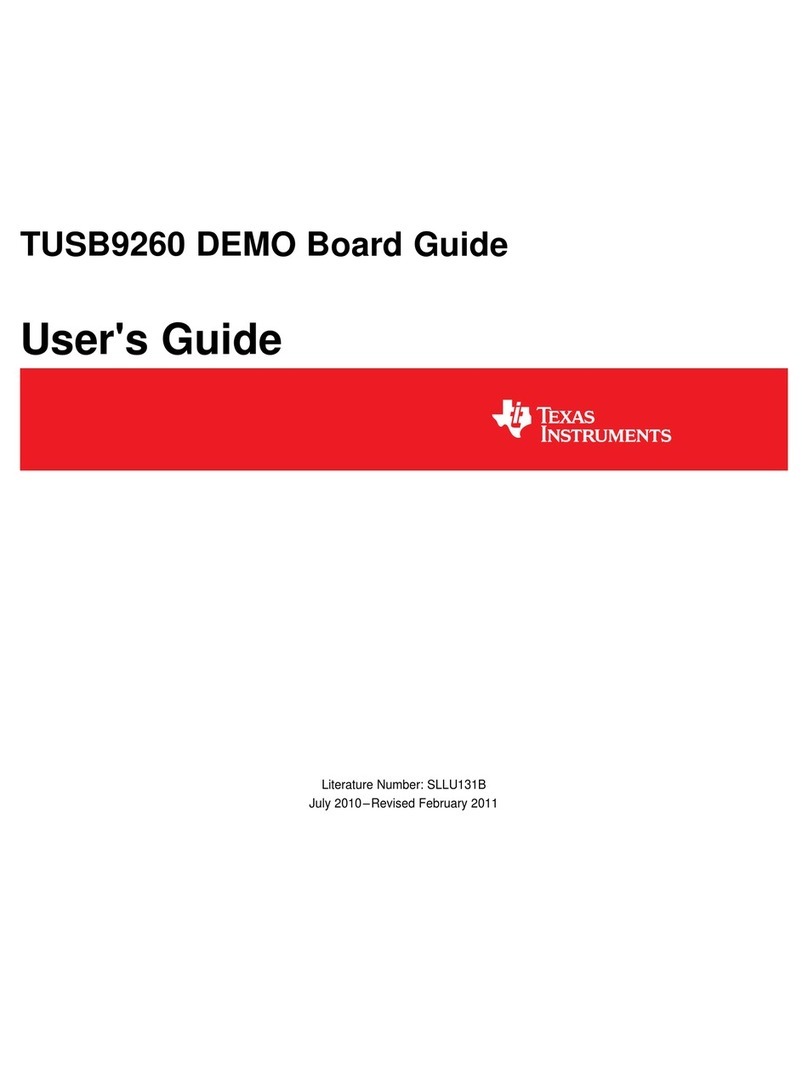
Texas Instruments
Texas Instruments TUSB9260 User manual

Texas Instruments
Texas Instruments OMAP35 Series User manual
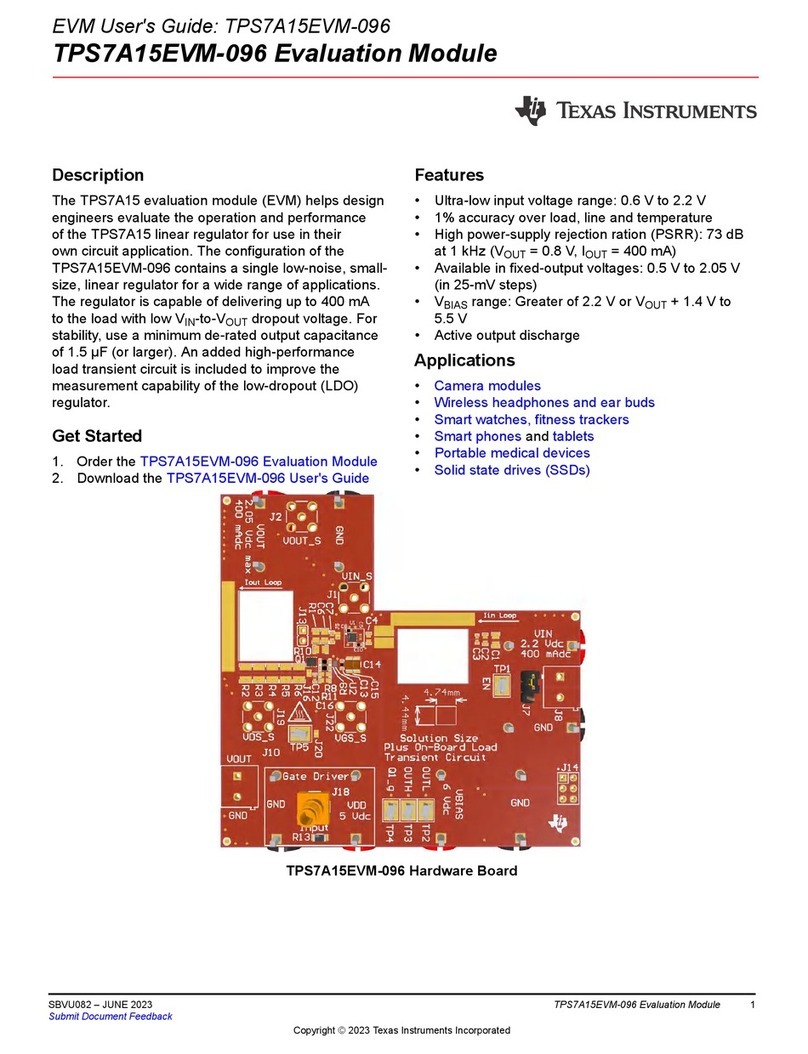
Texas Instruments
Texas Instruments TPS7A15 User manual
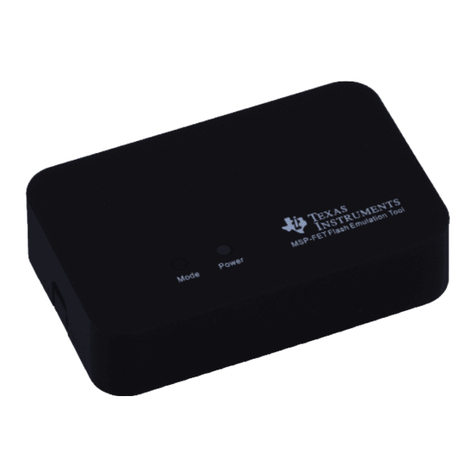
Texas Instruments
Texas Instruments MSP-FET430 User manual
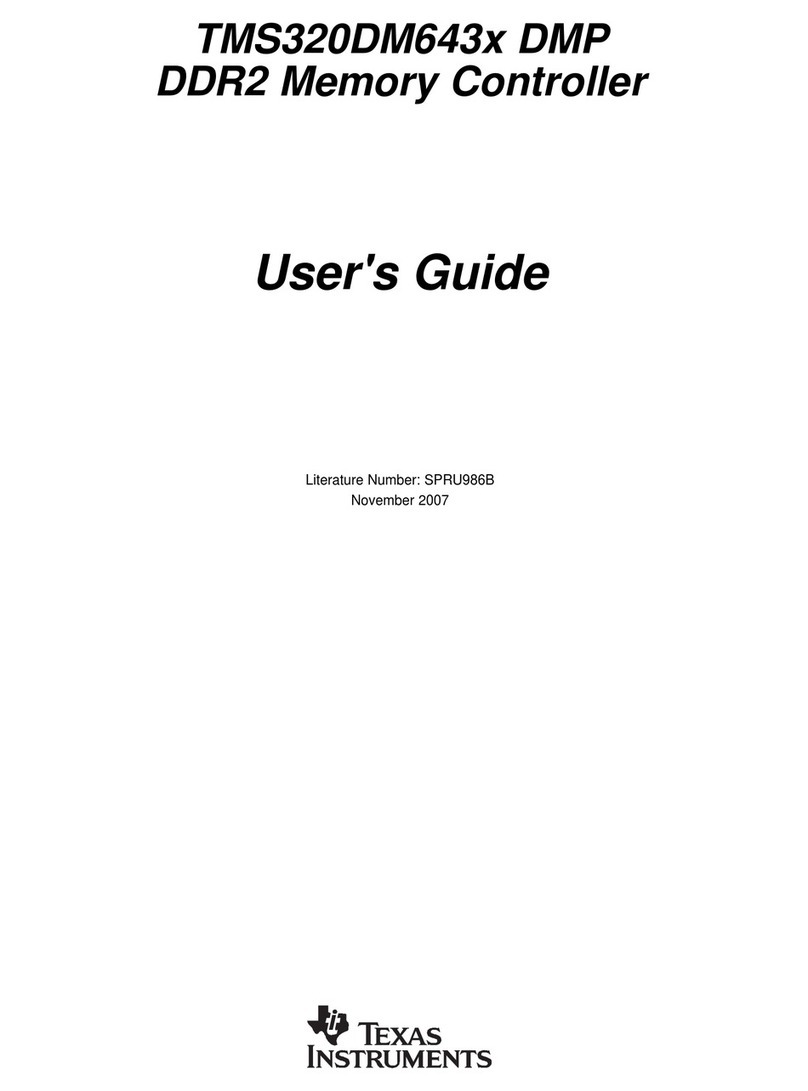
Texas Instruments
Texas Instruments TMS320DM643 User manual
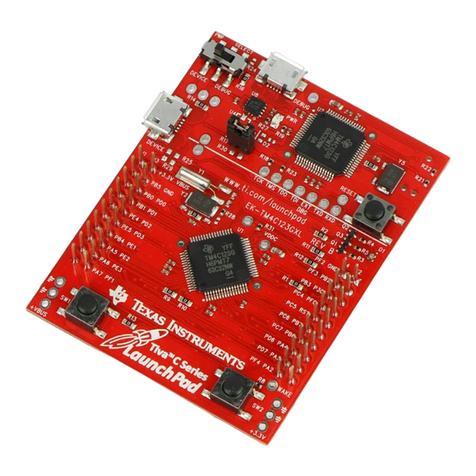
Texas Instruments
Texas Instruments Tiva C Series User manual
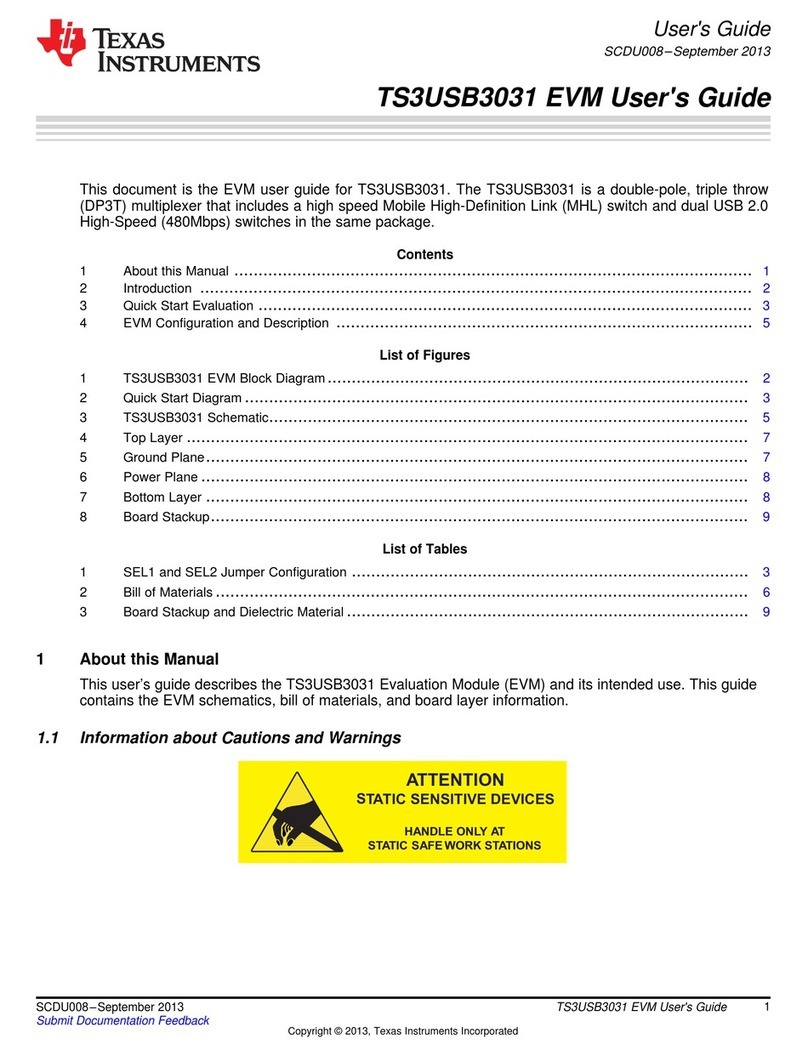
Texas Instruments
Texas Instruments TS3USB3031 User manual
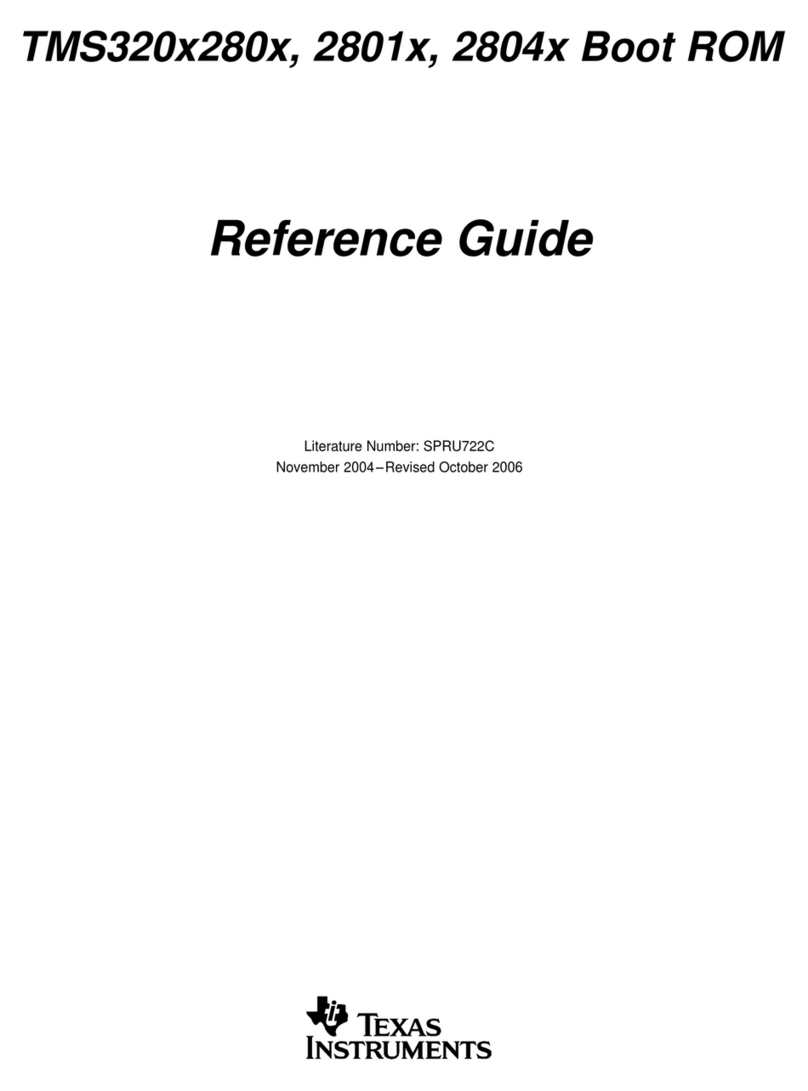
Texas Instruments
Texas Instruments TMS320*2801 Series User manual

Texas Instruments
Texas Instruments TRIS TMS37122 User manual
Popular Computer Hardware manuals by other brands

Krüger & Matz
Krüger & Matz Air Shair2 owner's manual

Crystalio
Crystalio VPS-2300 quick guide

MYiR
MYiR FZ3 user manual

Protech Systems
Protech Systems BC-K200 Quick reference guide

Miranda
Miranda DENSITE series DAP-1781 Guide to installation and operation

Sierra Wireless
Sierra Wireless Sierra Wireless AirCard 890 quick start guide
